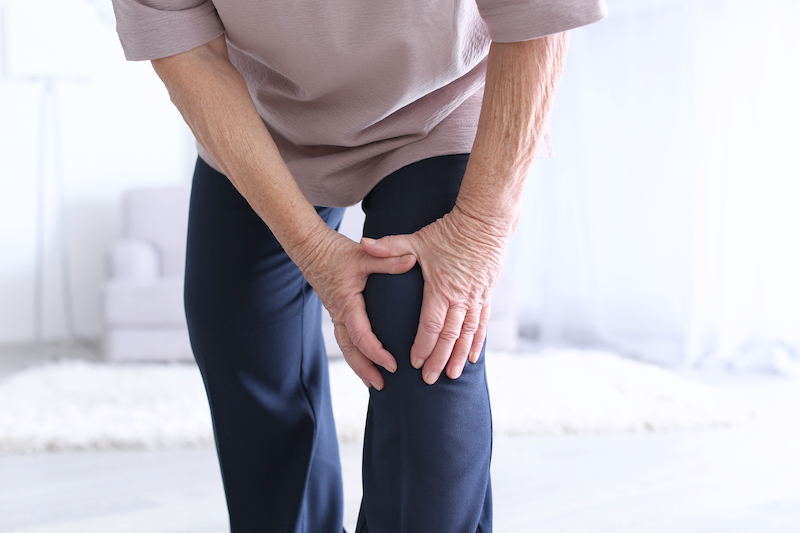Physical therapist-guided exercises are best for patients with knee arthritis
Osteoarthritis (OA) is a condition in which cartilage—the natural cushioning between joints—gradually wears away. Over time, this causes the bones of these joints to rub more closely against one another and leads to symptoms like pain, stiffness, swelling, and a decreased ability to move the joint normally.
OA is the most common form of arthritis, and although it can occur in any joint in the body, it’s seen most often in the knees. Knee OA can also occur at any age, but the risk for developing it increases with older age because the body gradually loses its ability to heal the damaged cartilage. This is why about 10% of men and 13% of women over the age of 60 have knee OA. Being obese or overweight also increases the chances of developing knee OA, since the additional weight puts added pressure on the knees and accelerates the damage to cartilage.
Unfortunately, there is no cure for knee OA, but treatments like physical therapy are strongly recommended to reduce patients’ symptoms and help them function better in their everyday lives as a result. Physical therapy treatment programs typically consist of a number of components, such as education, manual (hands-on) therapy, and pain-relieving interventions like heat/ice and ultrasound, but the most important part of treatment is structured exercises.
Since the muscles of the leg affected by knee OA tend to become weaker and less flexible due to symptoms, a specific set of exercises are needed to target these areas. In particular, stretching and strengthening exercises should be performed for muscles of the calves, hips, and those in the front of the thigh (quadriceps) and the back of the thigh (hamstrings). Completing these exercises will help to better support and stabilize the knee, reduce stiffness, and increase fitness levels, which will allow patients to do more and improve their quality of life in the process.
For these reasons, doctors like general practitioners should be referring patients with knee OA to physical therapy for an appropriate treatment program, which research has shown to be a beneficial approach. But according to a recent study, this is not always the case. The study examined the attitudes and beliefs of 5,000 general practitioners regarding the use of exercise for knee OA patients, and it concluded with the following:
While general practitioners’ attitudes and beliefs regarding exercise for knee OA were generally positive, initiation of exercise was often poorly aligned with current recommendations, and barriers and uncertainties were reported.
These results suggest that although most doctors regard exercise and physical therapy in a positive light, many of them are not referring patients to receive these treatments. The reasons for this are not clear but may be related opioids and other treatments being prescribed, which can actually serve as a barrier to knee OA patients’ road to recovery. This is why individuals who are currently dealing with knee OA should see a physical therapist first, as doing so will lead to a faster start to treatments that are intended to help them improve, without delays or obstacles to their care.

